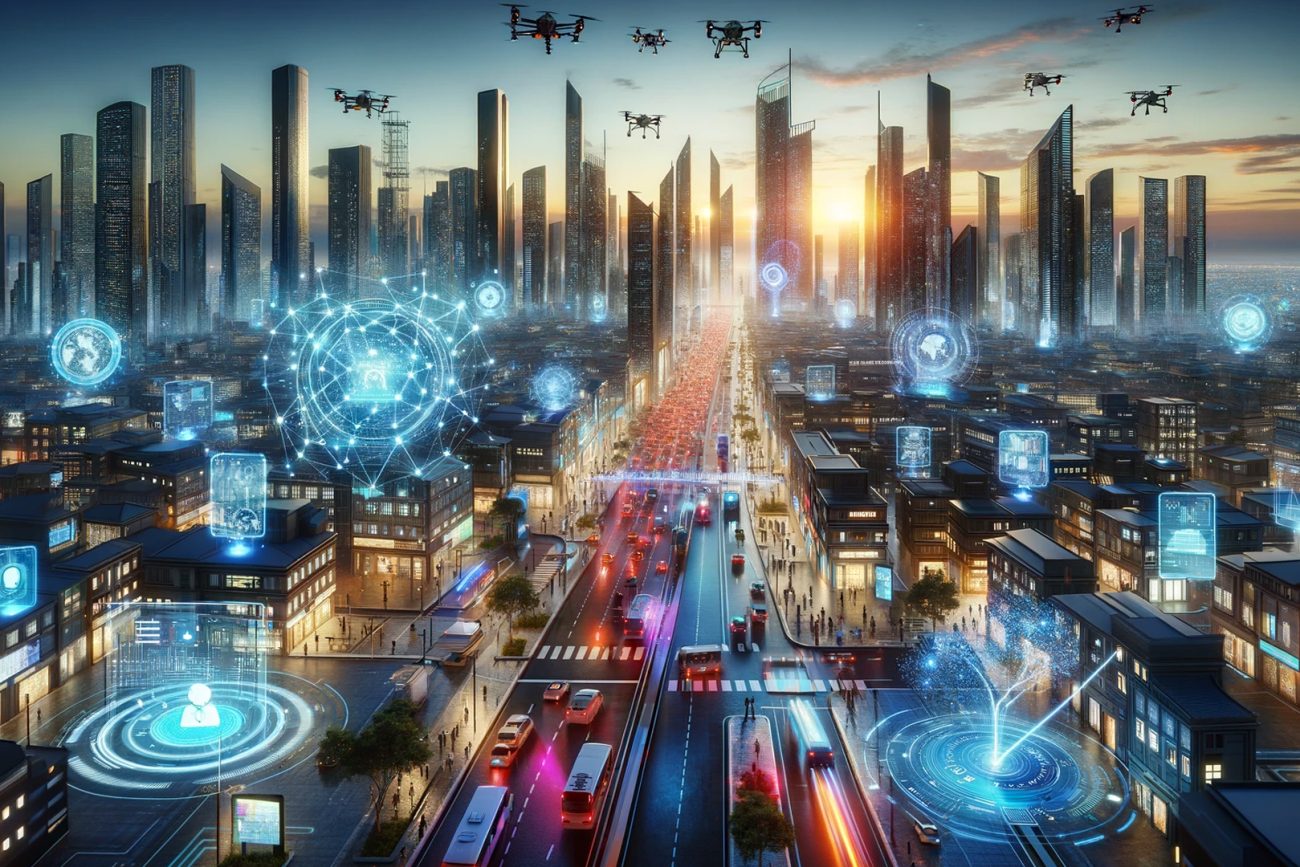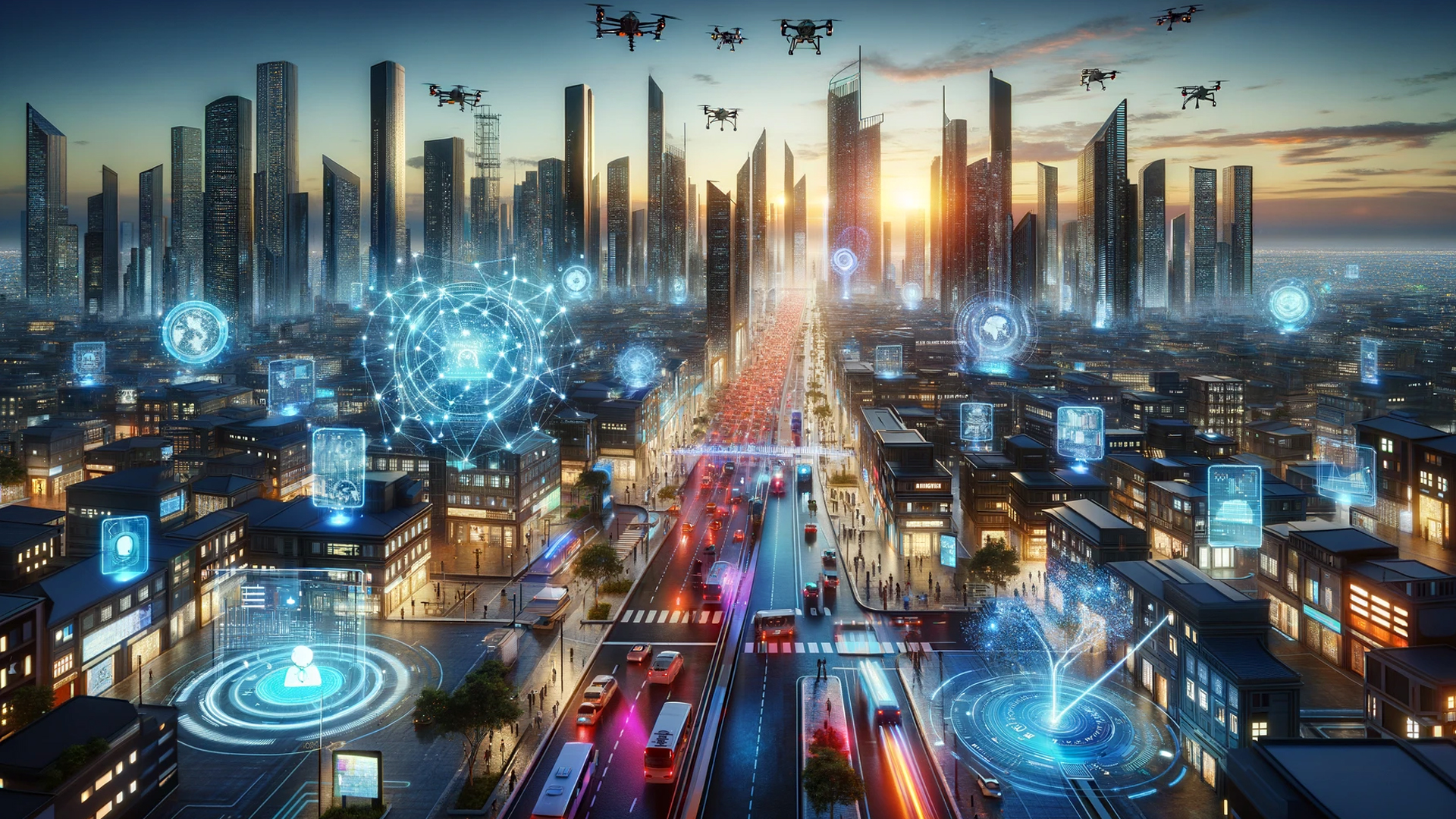Spatial computing is revolutionizing the way we interact with the digital world, merging the physical and digital realms in ways that were once the reserve of science fiction. As we navigate through 2024, it’s clear that spatial computing is not just an emerging technology but a fundamental shift in computing paradigm. For enthusiasts, developers, and consumers alike, understanding the latest trends in spatial computing is crucial. At Virtual Reality South Africa, a pioneer in developing custom spatial computing solutions with a focus on Virtual Reality (VR) and Augmented Reality (AR), we are at the forefront of harnessing these trends to create immersive experiences that redefine reality.

What is Spatial Computing?
Spatial computing is an overarching term that encompasses VR, AR, and Mixed Reality (MR). It represents a computing environment that enables digital and physical spaces to coexist and interact in real-time. Spatial computing allows for the creation of 3D digital models that can be manipulated through gestures, voice commands, or traditional input devices, making digital interactions more intuitive and integrated with our physical environment.
Latest Trends in Spatial Computing
1. Enhanced Immersive Experiences
As VR and AR technologies advance, we’re seeing a significant improvement in immersive experiences. With the advent of higher resolution displays, more accurate tracking systems, and advanced haptic feedback, users can enjoy more realistic and engaging virtual environments. These enhancements are not only elevating gaming and entertainment but also transforming education, training, and design by offering rich, interactive, and lifelike simulations.
2. Ubiquitous AR
Augmented reality is moving beyond smartphone screens to become more integrated into our daily lives. With the development of AR glasses and contact lenses, information overlay onto the real world is becoming seamless and more accessible. This ubiquity of AR will transform various sectors, including navigation, retail, and maintenance, by providing real-time, contextual information precisely when and where it’s needed.
3. Spatial Computing in Healthcare
The healthcare sector is witnessing a transformative application of spatial computing technologies. From AR-assisted surgeries, which allow surgeons to overlay medical imaging on the patient’s body, to VR therapy for mental health conditions, spatial computing is enhancing both the provider’s efficiency and the patient’s care quality.
4. Interoperability and Open Standards
As spatial computing technologies mature, there’s a growing emphasis on interoperability and the adoption of open standards. This trend is crucial for the development of a cohesive ecosystem where applications and devices from different manufacturers can work together seamlessly. It promises a future where users can effortlessly switch between different VR and AR experiences without being locked into a single platform.
5. Spatial Internet and WebXR
The evolution of WebXR is making spatial computing content more accessible through the web, allowing users to experience VR and AR without the need for specialized apps or hardware. This democratization of spatial computing is opening up new possibilities for creators and developers, making it easier to reach wider audiences with immersive experiences.

Looking Ahead
At Virtual Reality South Africa, we are excited about the potential of these trends to create solutions that not only push the boundaries of what’s possible but also deliver practical applications that enhance everyday life. Our commitment to innovation in VR, AR, and spatial computing keeps us at the cutting edge, developing custom solutions that meet the unique needs of our clients.
As we look to the future, it’s clear that spatial computing will continue to shape our digital interactions, blurring the lines between the physical and digital worlds. Whether it’s through enhancing real-world experiences with AR, exploring new realities in VR, or creating mixed environments where they converge, the possibilities are as vast as our imagination. Join us on this exciting journey into the future of spatial computing, where we turn the once impossible into reality.
For more information on our projects and how we can help bring your spatial computing ideas to life, visit our website at Virtual Reality South Africa.
